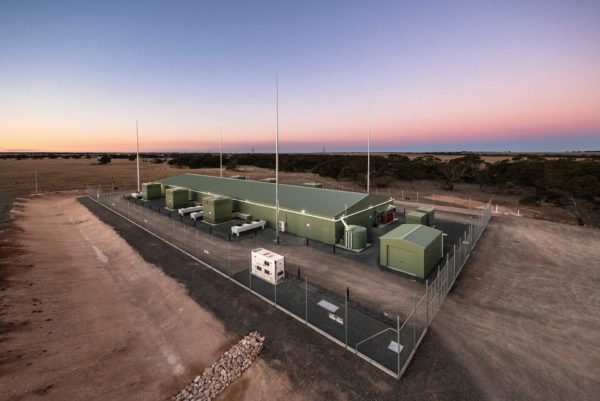Sydney-based AGL announced on Thursday a statutory loss after tax of $2.87 billion in its financial statements for the period ended December 31, 2020 (1H21). This includes a pre-tax hit of $1.9 billion in “onerous contracts” – mostly relating to long-term wind farm offtake agreements signed between 2006 and 2012, when the cost of wind energy was significantly higher.
AGL said it expects annual core underlying earnings of between $1.59 billion and $1.85 billion, compared with $2.07 billion a year earlier. Its underlying profit, which omits one-off items, was $317 million for the six months to December 31, down 27% on the same period last year.
“Our 1H21 result reflects the sharp decline in wholesale prices for electricity and large-scale renewable certificates over recent times,” AGL chief executive officer Brett Redman said in a statement.
Redman also pointed to the lower gross margin in wholesale gas, higher costs associated with the Covid-19 pandemic, increased depreciation expense and the $25 million negative impact of the outage at Unit 3 of the Liddell Power Station in December as reasons for the massive write down.
Redman said the results meant the energy generator and retailer is now “actively assessing” its business model and capital structure to support an evolving strategy “as the shaping forces of customer needs, community expectations and technology continue to accelerate”.
This strategy includes plans to add at least 850 MW of new large-scale battery storage to AGL’s portfolio by 2024 as it works towards net-zero emissions by 2050 and new relevance in a renewable-energy-powered world.

Image: ARENAWire
“We have continued to make progress with delivering our strategy to become a multi-product retailer and enable the transition of Australia’s energy supply by investing in flexible storage and generation capacity and expanding our decentralised energy activities,” Redman said.
“In customer markets, we recorded strong organic customer service growth and acquired Click Energy, making us Australia’s biggest energy retailer, while the uptake of our new broadband and carbon neutral customer service offerings is exceeding our expectations.
“In integrated energy, we are on track to develop 850 MW of grid-scale batteries and we continue to progress our plans for the Crib Point liquified natural gas (LNG) import project, while we now have more than 100 MW of capacity and 50,000 customers participating in orchestration programs.”
AGL has already made giant strides towards its 850 MW battery storage goal, having announced plans to install a 250 MW battery at its Torrens Island Power Station in South Australia, a 200 MW battery at Victoria’s Loy Yang A power station and a massive 500 MW battery system at its Liddell power plant which is scheduled to close by April 2023.
“While earnings pressures are increasing, we are executing our strategy with discipline, while looking to the future to ensure our business is structured to lead the energy transition,” Redman said.
“We are committed to our position as an essential service provider to our customers and to the Australian community at large.”
“We are on track to deliver $150 million of operating cost reductions, in addition to offsetting inflation, in FY22 and we are targeting a $100 million reduction in sustaining capital expenditure across the company.
While acknowledging it is operating in a “challenging” market, AGL remains positive and expects an underlying profit after tax for FY21 of between $500 million and $580 million.
This content is protected by copyright and may not be reused. If you want to cooperate with us and would like to reuse some of our content, please contact: editors@pv-magazine.com.









2 comments
By submitting this form you agree to pv magazine using your data for the purposes of publishing your comment.
Your personal data will only be disclosed or otherwise transmitted to third parties for the purposes of spam filtering or if this is necessary for technical maintenance of the website. Any other transfer to third parties will not take place unless this is justified on the basis of applicable data protection regulations or if pv magazine is legally obliged to do so.
You may revoke this consent at any time with effect for the future, in which case your personal data will be deleted immediately. Otherwise, your data will be deleted if pv magazine has processed your request or the purpose of data storage is fulfilled.
Further information on data privacy can be found in our Data Protection Policy.